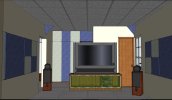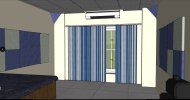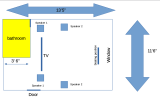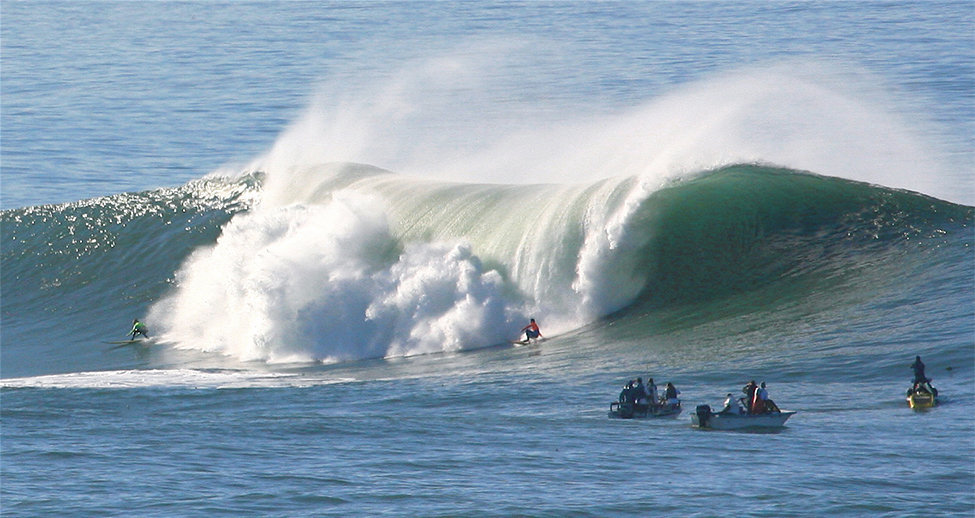One of the more important properties of sound is that its speed is nearly independent of frequency. If this were not the case, and high-frequency sounds traveled faster, for example, then the farther you were from a band in a football stadium, the more the sound from the low-pitch instruments would lag behind the high-pitch ones. But the music from all instruments arrives in cadence independent of distance, and so all frequencies must travel at nearly the same speed.
Sound is a wave. More specifically, sound is defined to be a disturbance of matter that is transmitted from its source outward. A disturbance is anythin...

openstax.org
See this question by
@Analogous in the link
https://www.hifivision.com/threads/hard-facts-from-a-hug-member.87931/post-988437 where he says
Which is true for me. With effort in speaker placement, sound treatment, I have managed to get the center imaging, separating out artists, individual instruments, etc. But never the height and the depth. For height it can be logically explained because as long as you are recording with two microphones and the playback with two speakers only, you cannot get height because two speakers can give you left + right image. Just like you can't get the feeling of left and right with Mono recording or with a single speaker, for height you have to have minimum of 4 speakers with the MLP suspeneded between all the 4 speakers (two speakers left and right and two speakers top and bottom).
Now there are many who say that they hear depth. Let's say we have a singer who is singing and a piano is playing in the background. In a concert hall (non-amplified playback), since the piano is behind the singer, the sound from the piano will arrive at your ears later compared to the vocals from the singer (remember that the speed does not depend on the frequency). So it easy for our ears to know and feel that the piano is behind the singer. Now you record the event with two microphones, convert that into vinyl, cd whatever and play from your stereo system. Now both vocals and piano will play from the same speaker. So the sound from the singer and the piano will arrive at your ears exactly at the same time. So isn't it impossible for the person to determine of the singer is in front of the piano or behind the piano?
So the question is - Is it really possible to get realistic depth and height from a stereo recording played with two speakers? If possible, can some show how it is possible as per physics? Any article which shows the science. There are plenty available for how left and right works for stereo, but none that show how height and depth are possible with stereo.
NOTE: Even with headphones, the sound always appears to come from in between the head and never in front or behind. Even If i try to imagine depth, it sounds artificial and elusive.





